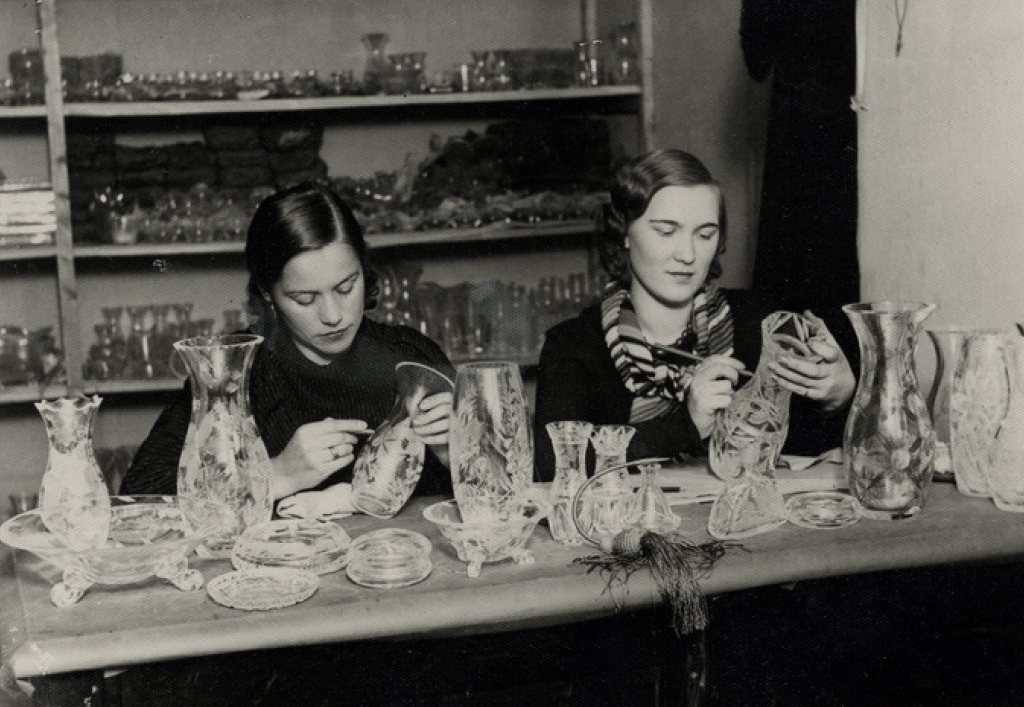A past worth remembering
Kopli peninsula has a long history dating back to the first mention of Kopli in 1365. The entire area was still covered by vast oak and pine forests at the time. The peninsula had an operating brickworks and pasture for grazing.
The Kopli urban region became active in 1912, when Tsarist Russia began to develop Tallinn as its primary naval base. The development included the construction of an impressive shipbuilding complex with distinguished architecture. Soon enough, the peninsula had all the necessities of life – a school, a church, a community centre, a hospital, a canteen, a shop, a post office, a fire station and a police station in addition to industrial and residential buildings. The tramway, which still exists today, was also built. Kopli was one of the first areas in Tallinn to apply the principles of modern urban design.

The graphics and design elements used in the interior of the buildings soon to be completed at Marati 4a will be our tribute to the inspiring former Glass King.
The fascinating story of the birth of Tarbeklaas
In the mid-1930s, several viable businesses were established in the Bekker settlement on the Kopli peninsula. One of these was the glass factory established in 1932 by Johannes Lorup, dubbed the Glass King, on what is now Marati Street. By 1935, Lorup controlled the entire Estonian glass industry with 180 employees working three shifts. In a matter of a few years, he brought the number of employees up to 500. The tycoon was well-liked by his employees and invested most of his profits in modernising and expanding production, recruiting foreign craftsmen and setting up a crystal department. Items bearing the Lorup trademark stood out due to the purity of the glass and the flawless quality of the finished work. No wonder then that the magnificent Lorup crystal decanters, champagne flutes and vases are still proudly displayed and used in many Estonian homes.